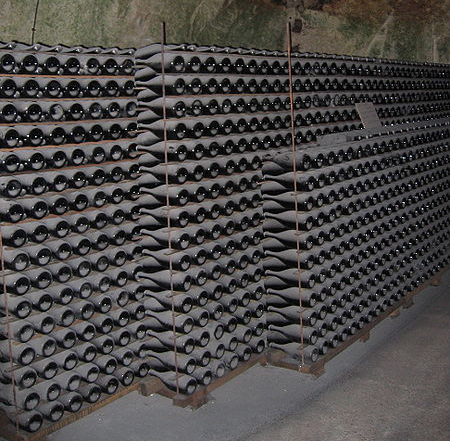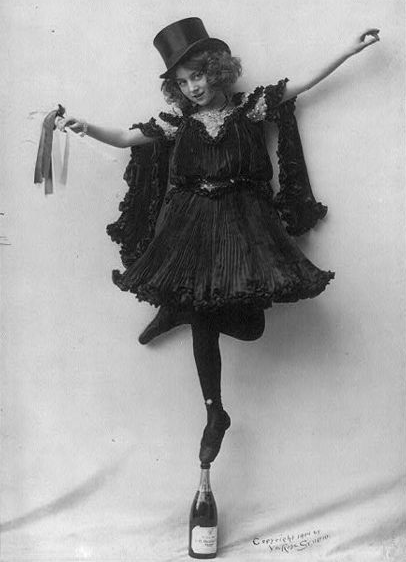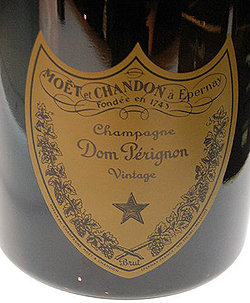Champagne
by Andrew Boyd
Today, we pop the cork. The University of Houston's College of Engineering presents this series about the machines that make our civilization run, and the people whose ingenuity created them.
Weddings. Ship launchings. New Year's Eve. None would be the same without that bubbly beverage, Champagne. And it's the result of a most ingenious marketing effort.

Champagne takes its name from a specific region of France where it's produced. In the late eighteenth century, champagne was recognized as a luxury item of the wealthy. As they sold their wares, champagne merchants developed close ties with aristocracy throughout the world. Ruinart. Möet. Clicquot. The merchant families developed their own nobility from association with the noble families they served.
But in their hearts the merchants remained merchants. With a recognized brand and a vast, unserved market of middle-class consumers, there was money to be made. And beginning in the early nineteenth century, the champagne merchants began one of the most impressive and longest lasting marketing efforts in history. Print advertising. Public relations spectacles. Gifted salesmen. Bottles were labeled for every occasion: Bastille Day, Christmas, imperialist conquests, engagements, baptisms — even bébé champagne for new parents. Some merchants went so far as to extol champagne's health benefits, including a vintage specially made for diabetics.

Champagne led the charge in developing huge markets never-before imagined by the French wine industry. From 1850 to 1900 sales increased tenfold, to almost 30 million bottles.
Success brought competition, and with it fanciful stories of the Champagne region'sterroir — the unique qualities of the soil, weather, and people. Where else could great champagne be made except in its birthplace? In the words of historian Kolleen Guy, champagne merchants “shaped a mythic present and past” for the effervescent libation born just east of Paris.
 Among the most enduring myths is that of Dom Pérignon, the Benedictine monk credited with inventing champagne. He didn't. But the story of a monk dutifully refining the secrets of champagne-making was simply too good for the public to resist. Over time, embellishments to the story transformed the historical Pérignon into a blind man who used his keen senses of smell and taste to create an unsurpassed drink. A saintly monk. What better way to sell champagne than to connect it with the Church? That's quite a transition from a mere extravagance of the wealthy.
Among the most enduring myths is that of Dom Pérignon, the Benedictine monk credited with inventing champagne. He didn't. But the story of a monk dutifully refining the secrets of champagne-making was simply too good for the public to resist. Over time, embellishments to the story transformed the historical Pérignon into a blind man who used his keen senses of smell and taste to create an unsurpassed drink. A saintly monk. What better way to sell champagne than to connect it with the Church? That's quite a transition from a mere extravagance of the wealthy.
The legacy of the champagne merchants lives on to this day. Sparkling wine of all types is celebratory. It has panache not shared with its still wine brethren. And French champagne remains the king of carbonated potables.
I'm Andy Boyd at the University of Houston, where we're interested in the way inventive minds work.
K. Guy. When Champagne Became French: Wine and the Making of a National Identity. Baltimore, Maryland: The John Hopkins University Press, 2003.
All pictures are taken from Wikimedia Commons.

The above image was taken by Roger Kaza.
For more champagne episodes, see 2014.